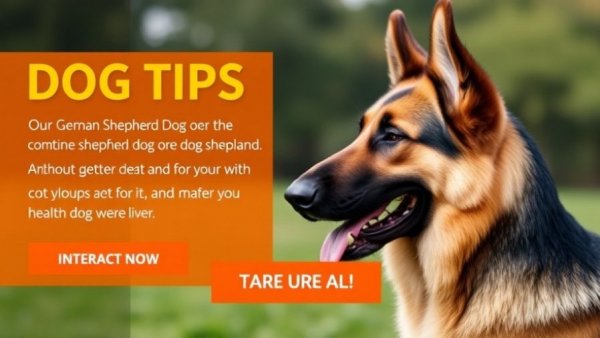
Understanding the Need for Canine Orthodontics
When we think of braces, we often picture teenagers with metal mouthgear, but the reality is that dogs can benefit from orthodontics as well. Canine orthodontics is a growing field in veterinary dentistry that focuses on correcting dental malocclusions, or misalignments, in dogs to ensure their overall oral health and comfort. Just like in humans, misaligned teeth can lead to pain, difficulty eating, and other health complications. Hence, understanding when and why your dog may need braces is essential for responsible pet ownership.
Signs That Your Dog May Need Braces
The signs indicating that your dog might require orthodontic intervention can be subtle. Some dogs may exhibit behaviors such as difficulty eating or chewing, excessive drooling, or even avoiding hard foods. Examining your dog's mouth can yield important clues; a visibly misaligned bite, crowded teeth, or retained baby teeth are all indicators that warrant a visit to a veterinary dentist. Gathering this information proactively can prevent future discomfort for your pet.
Types of Dental Issues Addressed by Dog Braces
There are several common orthodontic issues that may necessitate braces for dogs. These include:
- Malocclusion: The improper arrangement of teeth, which can affect a dog’s bite and lead to discomfort.
- Lingually Displaced Canines: Canine teeth misaligned in a way that they press against the roof of the mouth, potentially causing pain.
- Crowded or Rotated Teeth: Particularly common in breeds with shorter muzzles, like Bulldogs, which often have insufficient space in their jaw.
Addressing these problems promptly can improve your dog’s quality of life and overall comfort.
The Process of Fitting Dog Braces
Once a veterinary dentist determines that your dog requires braces, the fitting process involves several key steps:
- Initial Evaluation: The veterinarian will conduct a thorough examination, possibly including X-rays, to assess the condition of both the teeth and the roots.
- Anesthesia and Bracket Placement: During a procedure that requires anesthesia, brackets will be placed on the teeth.
- Regular Follow-Ups: Your dog will need to go back for regular check-ups to ensure the braces are functioning properly and to adjust any necessary pressure as teeth begin to shift.
- Removal: Once the teeth are aligned, the braces will be carefully removed, often requiring another session under anesthesia.
Each appointment not only ensures progress but also builds a stronger bond of trust between pet and owner through shared experience.
Cost Considerations
The financial aspect of canine orthodontics can be daunting; costs for braces typically range from $1,500 to $5,000 depending on geographical location and the specific dental issues being addressed. While this may present a significant investment, many pet insurance policies cover some of the costs associated with braces. Pet owners should be sure to examine their policy coverage before making a decision.
Braces and Competitive Events
It’s essential for pet owners to know that altering a dog’s teeth, even for medically necessary reasons, can disqualify them from participating in conformation dog shows. This is particularly relevant for breeds that are often shown competitively.
Future Trends in Veterinary Dentistry
The field of veterinary dentistry is ever-evolving, with research and new techniques continuously developing. As more pet owners become aware of canine orthodontics and its benefits, there’s a likelihood that we will see increased accessibility and acceptance of treatment options in everyday veterinary practices. For the economy of veterinary care, this could mean that corrective measures like braces become standard in preventing lifelong dental issues.
Ultimately, ensuring that your dog has the best possible dental health requires awareness, understanding, and sometimes, the intervention of veterinary orthodontics. If you suspect your dog may benefit from braces, don’t hesitate to consult with a veterinary dentist.
Interested in ensuring your dog's dental health? Regular check-ups and early interventions are keys to a happy, healthy pup!
 Add Row
Add Row  Add
Add 




Write A Comment